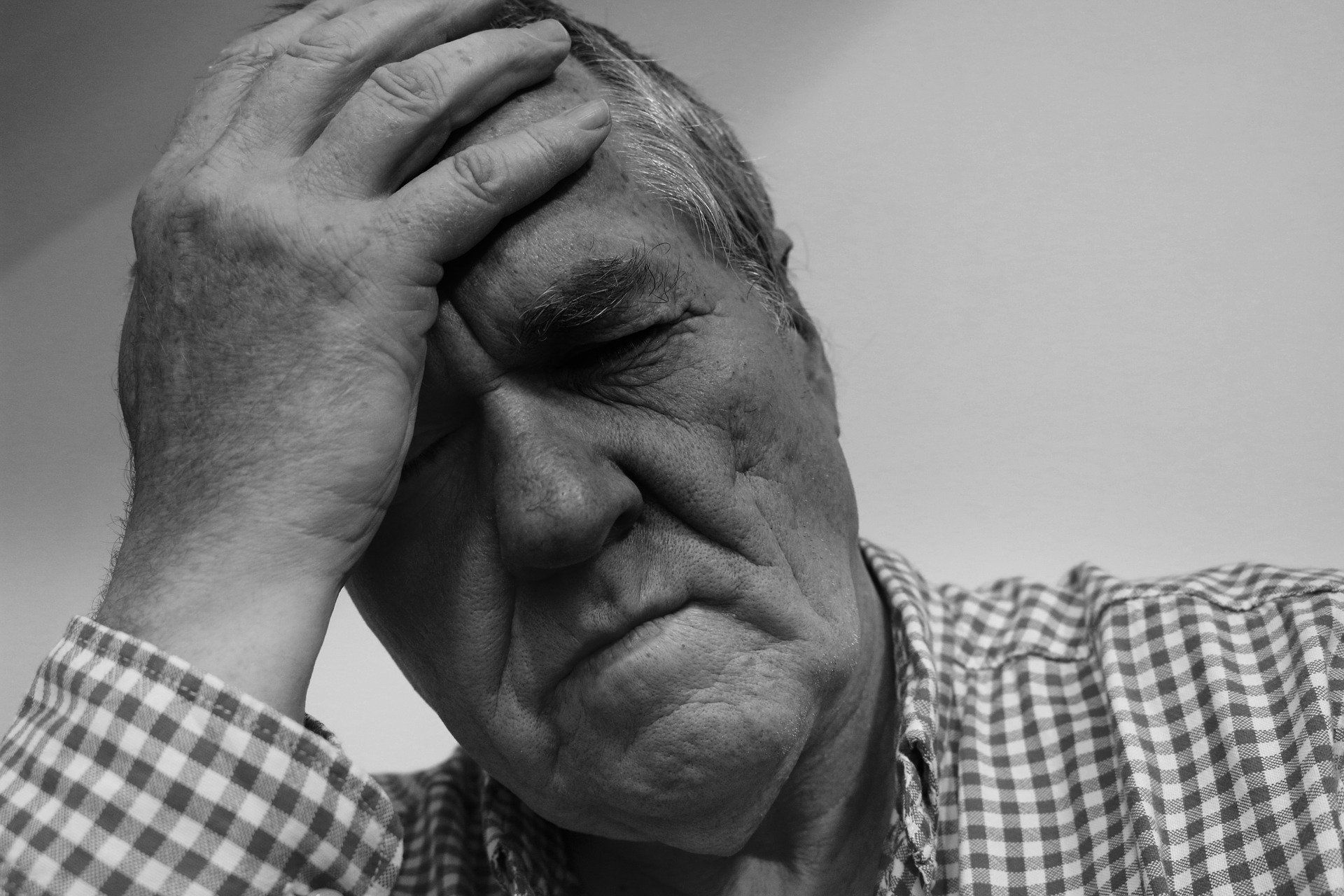Heart Rate, Sleep Patterns Can Remain Off for Weeks After COVID-19 Infection
A new report based on wearable technology finds it takes an average of 79 days for patients’ resting heart rates to return to normal following COVID-19 infection.

Many people with COVID-19 continue to suffer behavioral and physiological effects for several weeks after the acute phase of infection, according to a new study that utilized wearable technology to remotely track metrics such as resting heart rate and steps per day both before and after infection.
Corresponding author Jennifer M. Radin, PhD, MPH, of the Scripps Research Translational Institute, told Contagion that the study originated as an attempt to confirm anecdotal evidence related to heart rate changes in patients with COVID-19.
“I had heard reports that many COVID-19 positive individuals were experiencing prolonged tachycardia (fast heart rate),” she said. “This inspired me to look at our study data to see if we saw the same thing among covid-19 positive individuals.”
Radin and colleagues turned to the ongoing Digital Engagement and Tracking for Early Control and Treatment (DETECT) study, an wearable-device-based longitudinal study in which subjects track and share a variety of physiological and behavioral data in order to help investigators better understand the impacts of viral infections such as COVID-19. Their findings were published in JAMA Network Open.
More than 37,000 people enrolled in DETECT between March 2020 and January 2021, but the study focuses on 875 people who said they had symptoms similar to COVID-19 and who underwent testing for the SARS-CoV-2 virus. Of those, 234 patients tested positive for COVID-19; the remaining 641 were negative. In both the COVID-19-positive and -negative groups, about 71% of participants were women and the mean age was about 45 years.
The study found patients who were positive for the infection took longer to return to their pre-infection resting heart rate, sleep duration, and step counts, compared to those who tested negative for the virus, though resting heart rate took the longest to recover. On average, it took patients 79 days after symptom onset for their resting heart rate to return to normal, versus 32 and 24 days for step count and sleep quality, respectively.
In addition, the investigators found a small subset of patients, about 13.7%, took more than 133 days to return to normal. This subset also experienced more frequent coughing, body aches, and shortness of breath during the acute infection phase, compared to other groups.
“Our data suggest that early symptoms and larger initial [resting heart rate] response to COVID-19 infection may be associated with the physiological length of recovery from this virus,” Radin and colleagues wrote.
Radin said the study marked the first time investigators have used an objective tool to measure long-term changes associated with COVID-19 infection, something they were able to do because they had tracking data for patients dating back before they became infected with COVID-19.
It is not clear the extent to which these patients with lingering effects like tachycardia might overlap with patients with “long-haul” COVID, in which symptoms like fatigue, achiness, and headaches persist for months following infection.
“One limitation of our study is that we only collected symptom data during the acute illness phase (early on during their infection) and therefore didn't know whether individuals experiencing prolonged elevated [resting heart rate] were also experiencing long covid symptoms,” she said.
Radin said future studies with larger sample sizes and more comprehensive symptom data would allow investigators to better understand the factors associated with the variability of experiences noted in this study.
